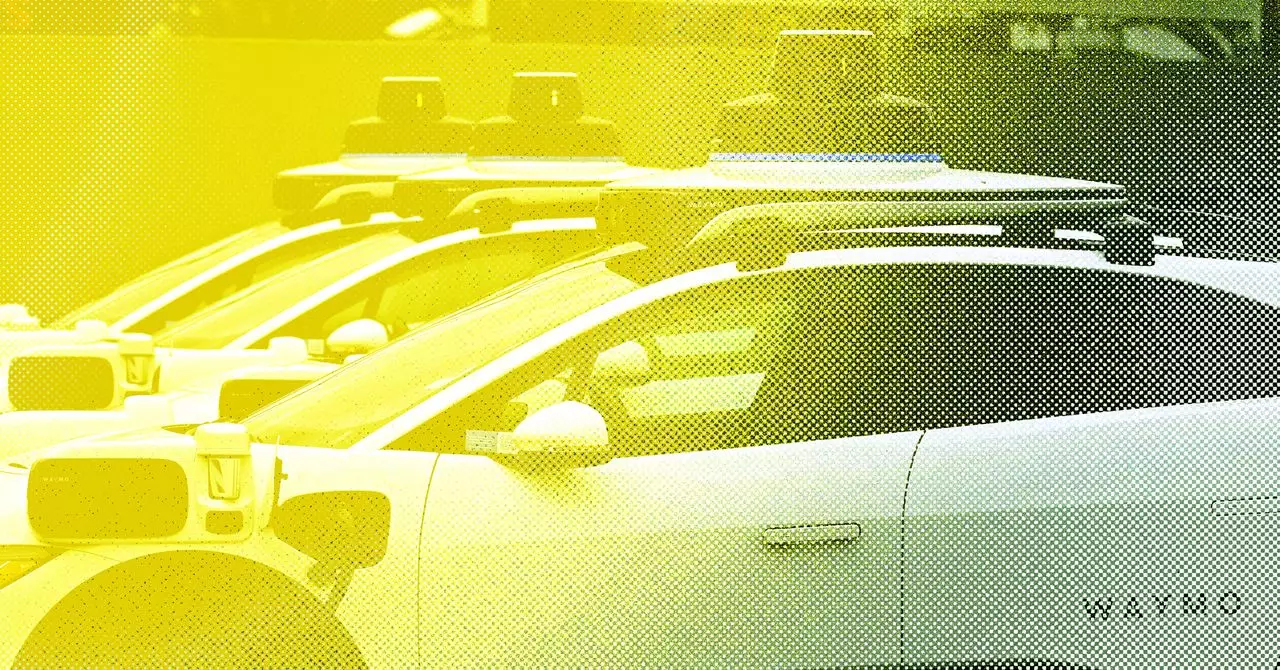The concept of self-driving cars isn’t merely a vision of the future; it is rapidly evolving into a significant part of our urban landscape. Cities like San Francisco and Phoenix have become playgrounds for autonomous vehicles, where technology meets reality. Self-driving cars symbolize both innovation and contention, representing a seismic shift in how we perceive mobility. As these vehicles hit the streets, discussions surrounding their role become ever more critical, sparking debates on safety, efficiency, and the environmental implications of adopting this technology at scale.
The revolution in transportation heralded by autonomous vehicles holds promise for convenience and increased accessibility. Imagine a future where individuals who cannot drive due to age, disability, or other restrictions can receive on-demand mobility solutions. Self-driving cars can potentially fill the gaps left by traditional public transport networks, expanding the reach of urban mobility. However, while the prospect of seamless transport is enticing, it invites scrutiny over the consequences of relying heavily on technology to fulfill what has traditionally been a human responsibility.
Regulatory Hurdles and Safety Concerns
Amid the excitement surrounding self-driving technology, a labyrinth of regulatory frameworks must be navigated. There is a palpable tension between technological advancement and public safety. Companies developing autonomous vehicles face a dual challenge: they need to comply with stringent safety regulations while also convincing the public and policymakers of the feasibility of their innovations. High-profile accidents involving self-driving cars have sparked fears regarding their safety, necessitating robust systems for accountability and oversight.
The conversation about regulation is essential as localized legislation varies widely. Cities and states may struggle to establish unified guidelines, leading to a patchwork of regulations that could stifle innovation or hinder public adoption. It is vital to ensure that standards are set not just for safety, but also for ethical considerations in machine decision-making. Adopting an ethical framework becomes paramount as we look at scenarios where these autonomous systems may need to make life-altering decisions.
Robotaxis: The Pros and Cons
The emergence of robotaxis—self-driving vehicles designed for shared rides—marks a significant advancement in urban transport. These vehicles promise to reduce congestion and emissions while increasing accessibility for those without personal vehicles. Furthermore, many proponents argue that the sheer operational efficiency of self-driving fleets could revolutionize the transportation sector. However, skepticism remains regarding their impact on jobs, particularly those in driving professions, as well as concerns about increased privacy invasion through data collection.
Despite their undoubted advantages, robotaxi systems face numerous hurdles before achieving mainstream acceptance. The reliance on a network of sensors and data processing capabilities means that these vehicles are intrinsically vulnerable to cyberattacks. Furthermore, public perception of safety will play a crucial role in shaping their adoption. Citizens must feel assured that these vehicles can navigate complex environments fairly and securely, accommodating unpredictable human behavior, an aspect still challenging for machine learning systems.
The Future of Mobility: From Hype to Reality
As the race continues among tech giants to assert their dominance in the autonomous vehicle market, it’s transparent that this shift is not merely about technology, but about reimagining our urban landscapes. If successful, we could see a future where human driving is a relic of the past, replaced by fleets of autonomous cars effortlessly zipping through city streets. This transformation could lead to a renaissance in urban planning, where physical space previously allocated to cars could be repurposed for parks, pedestrian zones, and bike lanes—fundamentally altering our living environments.
However, while the promise may be enticing, the transition to a driverless world is riddled with complexity. The societal implications, from how we design our cities to the economic ramifications for millions of drivers, require deep consideration and thoughtful conversation. The future of self-driving technology incorporates not just innovation but a reevaluation of our urban priorities and ethical standards, compelling society to engage with the transformations poised to redefine mobility.
The journey to integrate self-driving cars as a standard mode of transport is not just a technological leap but a cultural evolution. It invites us to grapple with questions of design, ethics, safety, and public sentiments, urging a collective responsibility to shape a future that harmoniously blends technological advancements with human needs and values. The outcomes of this transformative time remain to be fully uncovered as we navigate the road ahead.

